在选择 LED 照明灯具或设计 LED 照明解决方案时,很多人经常会遇到一个令人困惑的问题:包装上列出的“流明”与设计规范中的“LUX”有什么区别?
事实上,虽然流明和勒克斯都与“亮度”有关,但它们关注的是完全不同的方面:流明测量灯具发射的光量,而勒克斯则测量表面接收的光量。
有些人错误地认为流明越高,光线越亮,而另一些人则错误地将勒克斯视为固定装置的固定参数。 这些误解常常导致选择错误,导致照度不足或能源浪费。 因此,在实际应用中,流明和勒克斯不是可互换的概念;相反,它们必须一起考虑,以准确确定灯具是否符合照明要求。
本文将指导您了解流明和勒克斯之间的定义和差异,并通过真实示例说明其测量方法和应用场景,并帮助您根据不同的项目需求选择最合适的指标来评估和配置 LED 照明灯具。
基本概念解释
什么是流明?
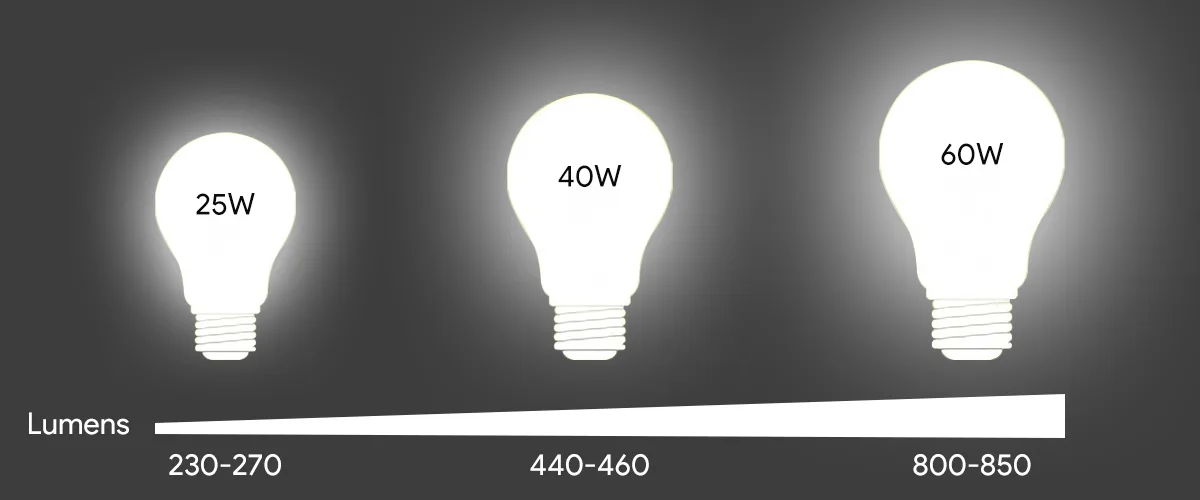
流明代表所有方向的光源的总光输出,或灯可以“释放”多少光。 因此,在了解照明参数时,流明通常是最直观和最常见的指标。
例如,标有 800 流明的 LED 灯泡意味着它可以提供相当于传统 60 瓦白炽灯泡的光输出。 这个值帮助我们在购买照明灯具时快速比较不同产品的亮度,因为流明是光源本身的固有特性,并且独立于安装环境。
流明更适合测量光源的电位输出,但它们不能直接指示光在实际环境中的影响。 换句话说,即使两个灯具有相同的流明值,它们的视觉亮度在不同的空间或不同的安装方法中可能完全不同。
什么是勒克斯?
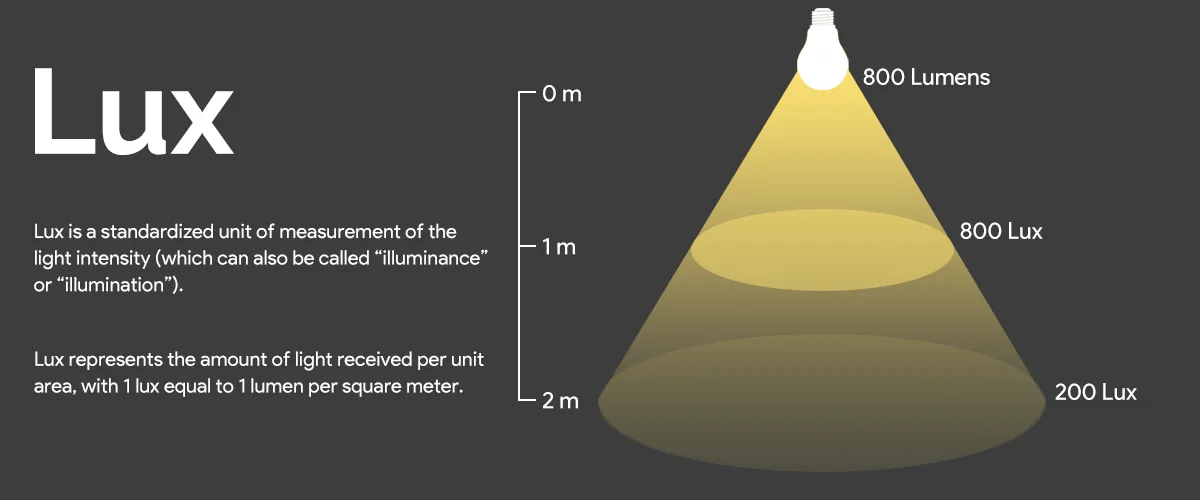
勒克斯表示每单位面积接收的光量,1 勒克斯等于每平方米 1 流明。 勒克斯是评估照明质量的关键指标,因为最终决定人眼体验的不是灯具发出的光量,而是当它实际到达我们的活动区域时的强度。 相比之下,Lux (Lux) 与用户的实际体验更紧密地保持一致。
Lux 不测量光源本身,而是测量光源实际上照亮了一个表面的数量——例如桌子、厨房台面或展示柜。 勒克斯可以理解为流明分布在某个区域的结果,使其成为空间是否足够亮的更直观的测量方法。
更重要的是,勒克斯与距离有直接的关系。 光源越靠近表面,每单位面积的光强度越集中,导致更高的勒克斯值;相反,当光源更远时,相同的管腔分布在更大的区域上,导致勒克斯值的显着降低。
这在现实世界中很容易观察到:一个 1,000 流明的灯位于距离办公桌 1 米的地方可能会达到数百勒克斯,但如果安装在 3-4 米高的天花板上,桌子上的照度会急剧下降。
流明和勒克斯的区别
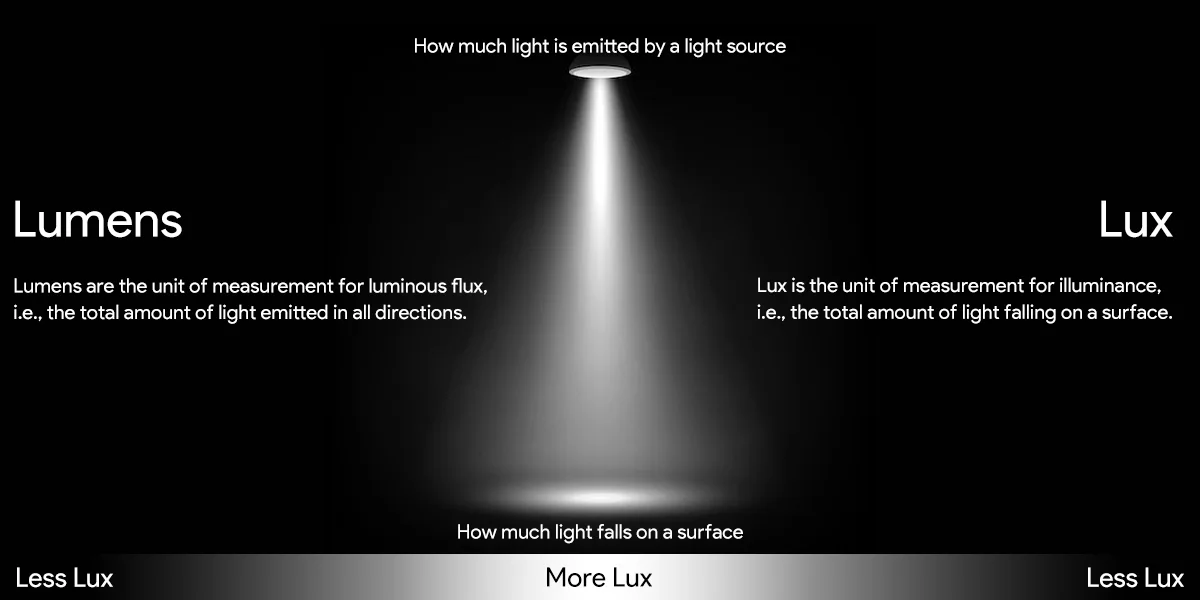
流明和勒克斯的核心区别可以概括为:
- 流明是光通量的测量单位,即所有方向发射的光的总量。
- 勒克斯是照度的测量单位,即落在表面上的光的总量。
流明总是恒定的,但勒克斯随距离和空间的大小而变化。 为此,无法通过单独观察灯具的流明来确定空间是否足够亮;人们还必须考虑LUX进行评估。
从这两个定义中,很明显流明和勒克斯不是相互排斥的概念,而是从不同的角度描述光。 前者告诉我们光源可以发射多少光,而后者告诉我们人眼在特定环境中可以感知到多少光。 只有将两者结合起来,我们才能科学地确定灯具是否真正适合特定的应用场景。
流明和勒克斯的区别和联系
在上一节中,我们介绍了流明和勒克斯之间的定义和核心差异,但在实际应用中,它们经常被混淆。 根本区别在于流明集中在LED光源本身的总输出上,而勒克斯则关注这种光如何在特定空间或表面上分布。
可以将流明视为“水龙头的流量”,而勒克斯则是“水撞到地面时形成的水层厚度”。 如果它落入一个小容器中,相同的流速将导致深水,但如果它扩散到大面积上,它会显得很薄。
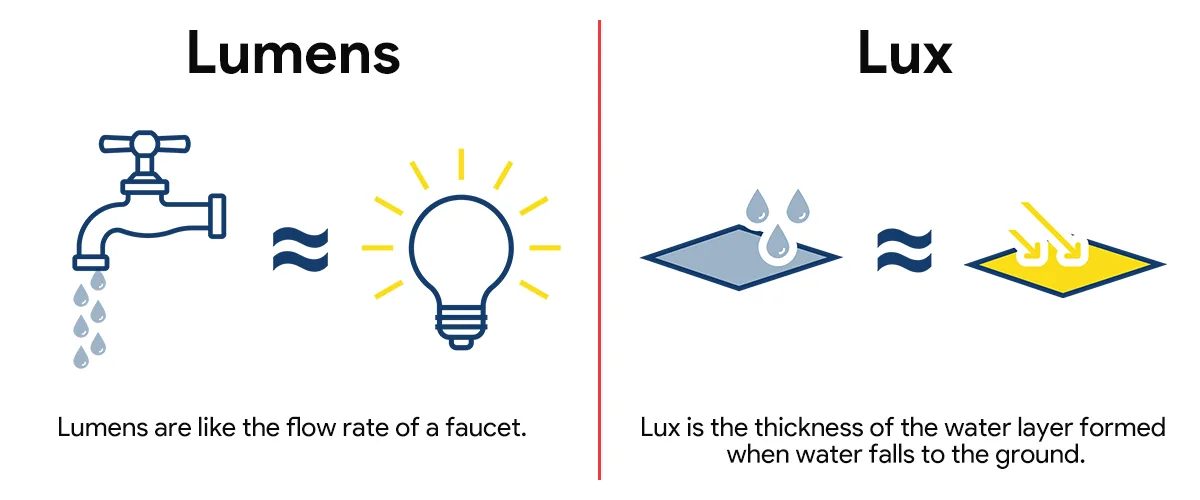
同样,即使灯的流明等级很高,如果安装在非常高的天花板上或具有宽的光分布范围,工作区域上的勒克斯可能仍然是不够的。
这种区别也可以用一个公式直观地表达:
lux = 流明/面积
换句话说,照度(Lux)等于光源的总光输出(流明)除以被照明的区域。 这也解释了为什么同一个灯具在不同的环境中会感觉非常不同。 例如,额定 1,000 流明的灯具在小房间里可能会感觉非常明亮,但在大厅里却很暗。 这不是因为灯泡的流明值发生了变化,而是因为随着面积的增加,Lux 值会减小。
另一方面,勒克斯也与光源与目标表面之间的距离密切相关。 随着距离的增加,光的传播范围更广,每单位面积接收的光量减少,而Lux值减小。 然而,由于光源发出的光的总量没有改变,所以流明保持不变。 流明决定了光的“潜力”,而勒克斯则决定了它在实际环境中的“性能”。
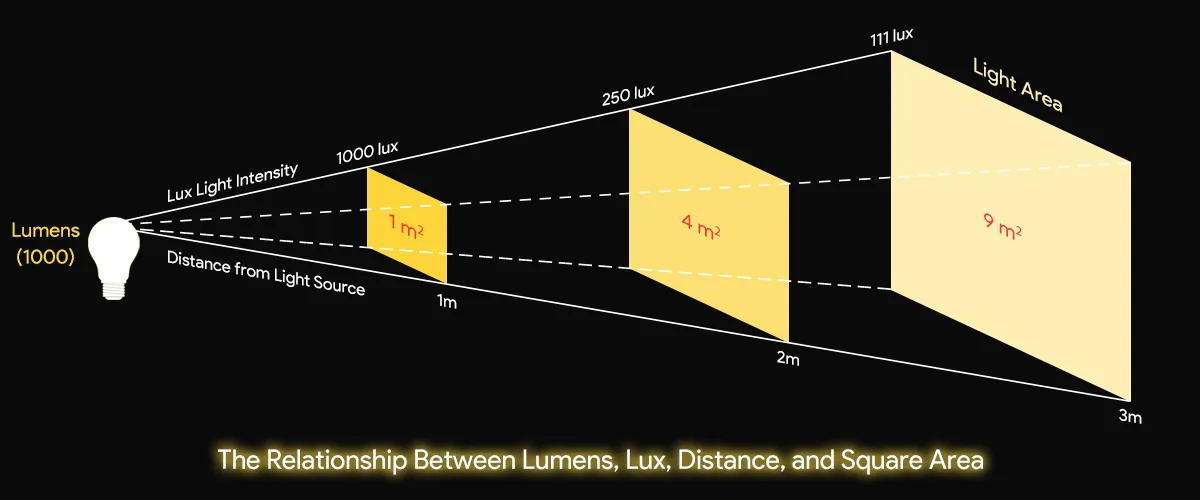
因此,流明和勒克斯不是孤立的,而是互补的概念。 流明帮助我们了解供电侧 LED 灯具的光输出能力,而 LUX 允许我们从需求侧评估环境中的实际照明效果。
如果我们只考虑流明,我们可能会觉得在大空间中的照明不足;如果我们只考虑到 LED 灯具固有的输出能力,我们可能会低估灯具在选择过程中对空间的适用性。 因此,在实际照明设计和LED灯具选择中,必须结合使用这两个指标,以实现全面准确的评估。
什么时候应该使用流明? 什么时候应该 辎你专注于勒克斯?
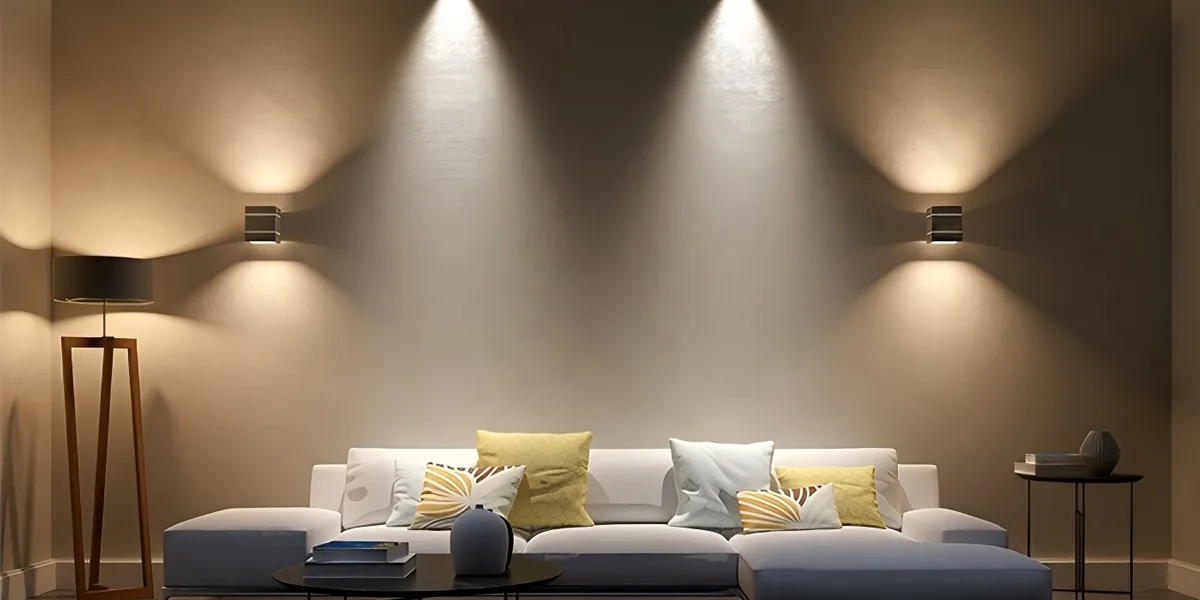
在了解流明和勒克斯之间的差异和联系后,出现了一个常见问题:在不同的情况下,我们应该关注哪个指标?
流明适合水平比较,而 LUX 是进行详细照明设计时必须关注的指标。 另一方面,流明对于了解单个光源发射多少光至关重要。 这对于比较灯泡的总光输出很有用,但它不能根据空间或任务的光分布和空间大小来确定照度是否“足够”。
因此,只有通过了解每个适合场景的照明选择,我们才能实现效率和精度。
当我们想了解灯具的整体亮度时,流明是最直接的参考。 例如,在选择 LED 灯泡时,消费者通常会比较其流明额定值,以确定它们是否可以取代传统的 40W、60W 或 100W 白炽灯泡。 在这种情况下,流明提供了一个快速的比较基准。 因此,在零售环境或产品比较中,流明是不可或缺的指标。
但是,如果我们关注一个特定区域是否足够亮,勒克斯是一个更有意义的参考。 勒克斯是与人类活动最直接相关的指标,因为它测量了照明任务表面的实际照度。 毕竟,人眼不感知光源发出的光的总量,而是当它落在桌子、书籍或工作台等表面时的光的照度。
例如,在设计阅读区时,我们需要确保桌子上有足够的勒克斯来确保舒适和保护眼睛;在厨房柜台照明设计中,Lux 值直接决定了烹饪过程的安全性;在摄影、显示或实验室环境中,Lux 是评估照明是否符合专业标准的关键指标。
以下是一些常见的勒克斯级别:
| 秒喷砂 | L用户体验 V油腻的 |
| 晴夜(无月亮) | 0.002 长 |
| 晴夜(满月) | 0.27-1 长 |
| 家庭客厅 | 50 升 |
| 日出/日落 | 300-500 长轴 |
| 阴天 | 1000 升 |
| 日光 | 10,000-25,000 升 |
| 直射阳光 | 32,000-130,000 lx |
流明和勒克斯测量工具和方法
在理解流明和勒克斯的概念之后,另一个常见的问题是,这些值是如何测量的? 两者在测量方法上存在显着差异。
测量流明要复杂得多。 由于它代表了光源在所有方向上发出的总光通量,因此必须将灯具放置在特殊的设备中以获得准确的值。
常用的工具是积分球体或 IES 分布光度计。 这些设备均匀地收集和反射所有光源发出的光,然后使用专业传感器和相应的光学计算系统计算总流明值。

由于这种测量过程需要专门的设备和严格的实验环境,因此在测试期间通常由 LED 照明制造商或实验室提供流明,消费者很少自己测量它们。
勒克斯测量相对简单。 由于 Lux 专注于特定表面上的照度,因此只需将测量设备放置在目标位置。
常用工具包括手持式光度计,可以直接显示该点的勒克斯值。 这使普通用户能够快速评估照明在家庭环境或办公环境中是否足够。 这种方法的便利性使得LUX更容易在实际应用中直接评估,因此被广泛用作照明标准。
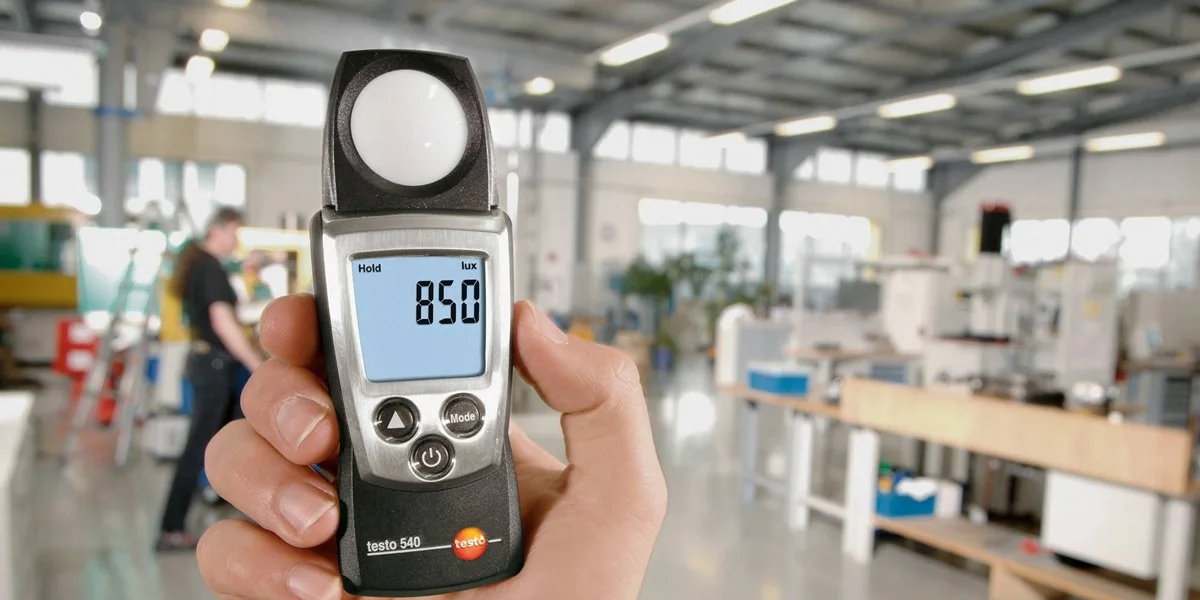
可以看出,LUX 测量与日常生活更紧密地结合在一起,使用户和设计人员能够在实际场景中验证光照效果,而流明测量则更多地依赖于专业方法,并作为产品性能测试和比较的重要基础。 这种差异再次强调,虽然勒克斯和流明在概念上密切相关,但它们在实际操作和应用中的作用是完全不同的。
实际应用中的 LUX:不同空间的推荐照度水平
要真正理解勒克斯的价值,必须在特定空间和任务的背景下考虑它。 不同的住宅或工作环境对照度水平有不同的要求。
虽然有关于家庭或餐馆等地方的一般建议,但特定地点可能需要特定的勒克斯水平。 例如,以下列表显示了具有特定特征的位置所需的照度值:
| 特殊地点 | 勒克司 V油腻的 |
| 厨房(工作区) | 500–600 长轴 |
| 厨房(一般区域) | 200–300 升 |
| 卧室(床头板或阅读区) | 500 磅 |
| 卧室(一般区域) | 100–200 升 |
| 儿童房(游乐区) | 300 升 |
| 客厅(一般区域) | 200–300 升 |
| 客厅(电视区) | 50 升 |
| 学习/阅读区 | 500 磅 |
| 浴室(一般区域) | 200 升 |
| 浴室(镜面区域) | 300–500 升 |
| 走廊(走廊或楼梯) | 100–200 升 |
| 工作坊 | 150-500 长轴 |
| 办公桌 | 500-750 长轴 |
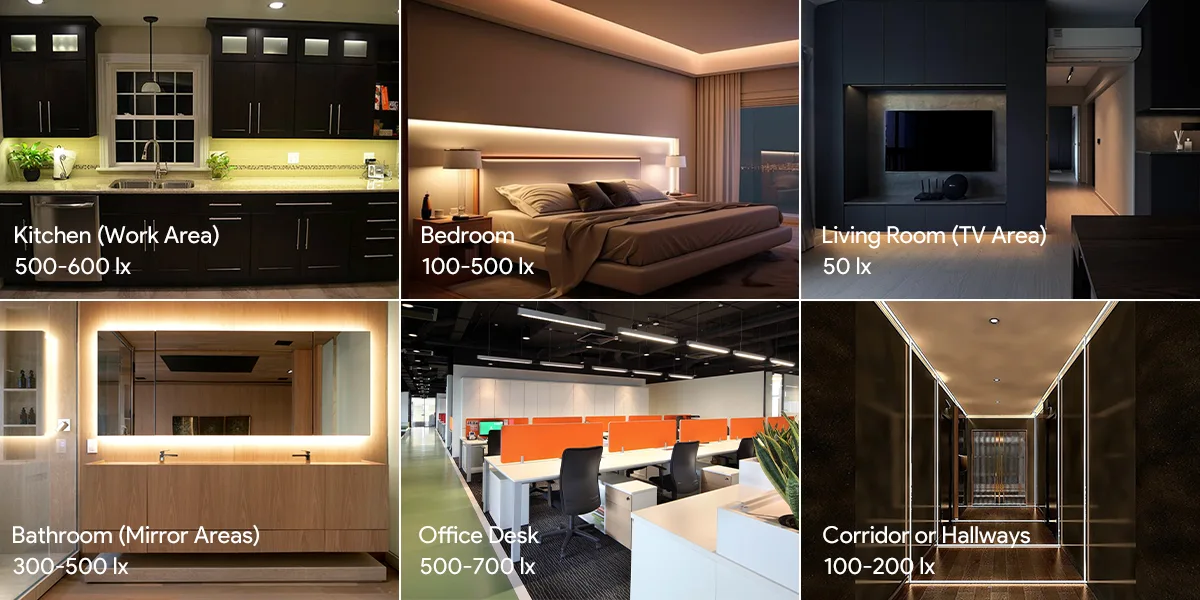
这些值提醒我们,在选择照明灯具时,我们不能仅仅依靠流明来确定适用性。 流明表示灯具本身的光输出量,但它是否满足实际需求取决于根据空间面积和使用任务计算所需的勒克斯。
例如,如果目标是为 10 平方米的阅读区域提供 500 卢克的照明,则总共大约 5,000 流明光源分布在整个区域;但是,如果仅使用一个 2,000 流明的光源,即使参数看起来“明亮”,最终的效果仍可能不足。
因此,Lux 提供了更清晰的使用指南,而流明为选择照明设备提供了基础数据。 结合两者兼具科学合理的LED照明系统配置,确保每个空间既舒适又高效。
概括
在 LED 照明领域,流明和勒克斯是经常被提及但经常混淆的两个概念。 如前所述,流明代表光源的整体输出,作为灯具潜在亮度的指标;另一方面,Lux 测量特定表面或特定空间中的光分布,与我们在日常使用中的真实体验更紧密地结合。 这两个概念有着明显的差异,但它们也紧密相连。
在实际应用中,流明更适合比较不同照明灯具的输出能力,帮助我们快速评估产品在选择产品时的“光线有多亮”;另一方面,Lux与任务照明直接相关,决定了在镜子前的化妆时的阅读舒适度、厨房安全性和清晰度等因素。 了解这种区别可以帮助我们在规划照明时做出更科学的知情决策。
更重要的是,照明环境的质量永远不会由单个数值决定。 真正合理的照明设计必须同时考虑流明的供应和对勒克斯的需求,确保光的输出在适当地分布到需要的地方的同时具有足够的输出。 只有这样,一个空间才能既高效又舒适,并符合人们的使用习惯。
您在寻找高质量的 LED 照明解决方案吗? Signliteled拥有超过14年的专业经验,专注于 LED 灯条, LED标志管, LED 线性灯, 和 LED 三防灯。 我们提供可靠、节能、可定制的产品,以满足您的个性化需求。 立即联系我们,探索我们创新的照明解决方案并提升您的项目。


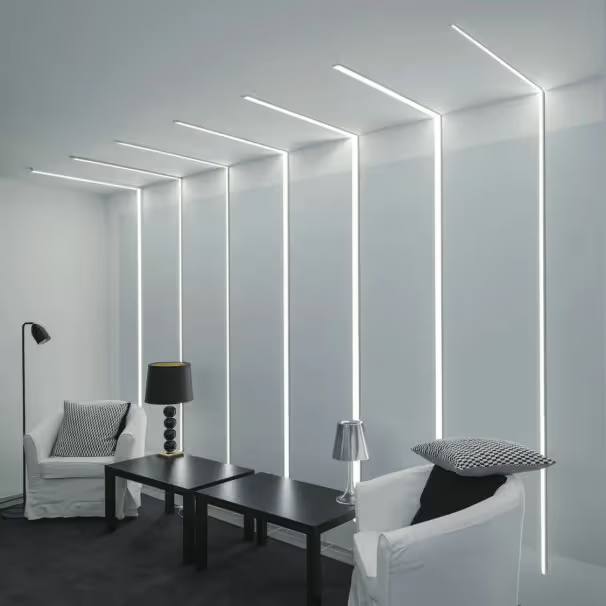

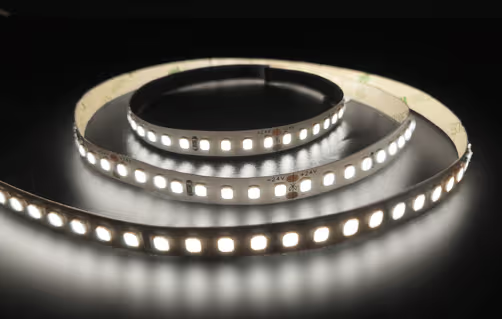


你的博客已经成为我不可或缺的资源。 我总是很高兴看到您提供的新见解。 感谢您始终如一地提供一流的内容!
我没有意识到的是,实际上你不再比现在更受人喜爱你非常聪明 你认识这个话题让我相信它从许多角度相信它从许多角度来看它就像男人和女人一样不着迷,直到它成为一件事你自己的东西 一直很好处理它
我确实相信您为您的帖子提出的所有想法,它们确实令人信服,并且肯定会起作用,但这些帖子对于新手来说太短了,可以请您稍微延长一下,感谢您的帖子
通常我不读博客上的文章,但是我想说这篇文章非常迫使我去看,这样做你的写作品味让我很惊讶,谢谢